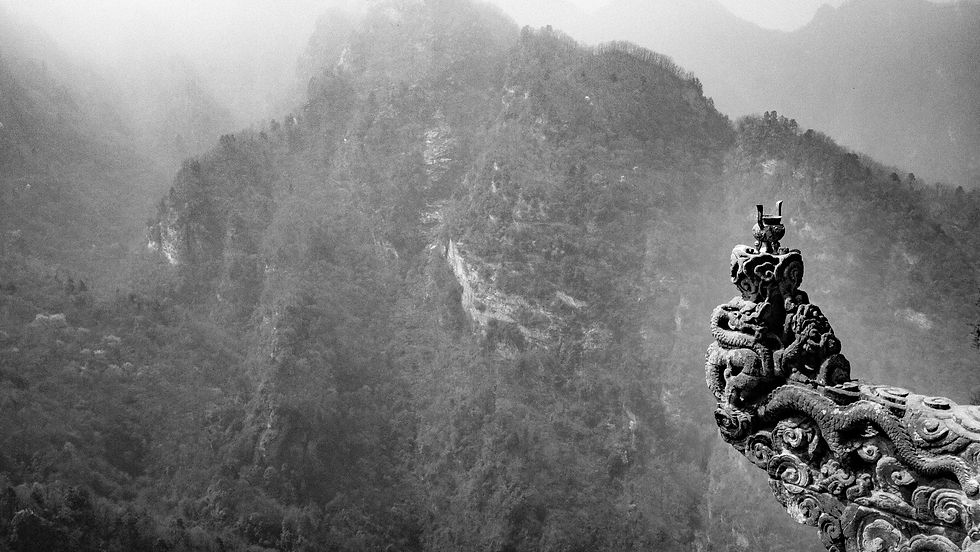Chikuzen-Biwa 筑前琵琶
- Robin Yong

- Jun 12, 2023
- 3 min read
Updated: Jan 14, 2024

The biwa (Japanese: 琵琶) is a Japanese short-necked wooden lute traditionally used in narrative storytelling. The biwa is a plucked string instrument that first gained popularity in China before spreading throughout East Asia, eventually reaching Japan sometime during the Nara period (710–794). Typically 60 centimetres (24 in) to 106 centimetres (42 in) in length, the instrument is constructed of a water drop-shaped body with a short neck, typically with four (though sometimes five) strings. In Japan, the biwa is generally played with a bachi instead of the fingers, and is often used to play gagaku. One of the biwa's most famous uses is for reciting The Tale of the Heike, a war chronicle from the Kamakura period (1185–1333).
This is one of the most iconic musical instruments in Japanese culture but is less commonly seen nowadays. There are more than seven types of biwa, characterised by number of strings, sounds it could produce, the type of plectrum, and their use. So I am very lucky, my new found friend Aoi Tayū gave me a demonstration of how she plays the biwa. The Chikuzen-biwa (筑前琵琶), a biwa with four strings and four frets or five strings and five frets, was popularised in the Meiji period by Tachibana Satosada.
Tayū (太夫) are the highest class of traditional courtesan in Japan. Though technically the highest class of oiran, a general term for the highest-ranking courtesans, tayū were distinguished historically from other oiran due to their intensive training from a young age in numerous traditional artforms, and the fact that they did not engage in sex work, unlike courtesans below their rank.
Tayū were known for their training in Japanese tea ceremony, kōdō, ikebana, Japanese calligraphy, poetry, dance, singing, and the playing of traditional instruments, such as the koto. Tayū differed from lower ranks of oiran by the social class of their customers. Traditionally, tayū catered for the uppermost echelons of society, including the nobility and the imperial court. Tayū were recognised as a group in the beginning of the Edo period. Due to the limited size of their clientele, they were never numerous; during their peak there were approximately 40 tayū working in Kyoto in the Shimabara district.
Shimabara was apparently the first kagai in Kyoto but has now ceased its activity as an official kagai from 1977 due to the lack of demand for its services. However, the Tayū never disappeared entirely from Shimabara...
Biwas are commonly associated with Tayū and I am so glad Aoi brought it out with her on our outing today. It's really a long day out, we visited temples together, droved around the Shimabara district and even went to catch fireflies together....

My knowledge of Japanese culture is still not great, but Aoi mentions a part of her music as from the Tales of Genji, a part relating to Lady Rokujō (六条御息所, Rokujō no Miyasundokoro) is a fictional character in The Tale of Genji (Genji Monogatari). She is a mistress of the novel's protagonist, Hikaru Genji, with whom she becomes infatuated with and jealous of his other lovers. Her jealousy subconsciously causes her ikiryō (wandering spirit) to become a Shiryo (also known as a Yūrei) that attacks and murders multiple other mistresses and wives of Genji. The biwa music becoming increasingly intense in the parts showing the jealousy of Lady Rokujo.
As with all my travels, it's always been fascinating getting to know the locals and photographing them...the Tayū culture is just another start of my new photo and travel adventures...






Comments